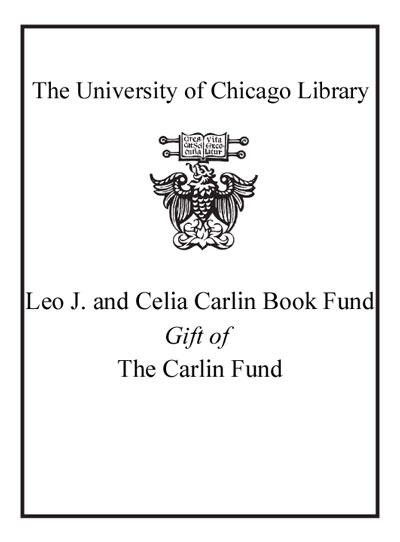Review by Choice Review
There are over 20 million Muslims living in Europe, about 4 percent of the population, and Islam has been an important part of European history. Yet the European Islamic community faces prejudicial and discriminatory treatment. Who are these European Muslims and how do they view themselves? Sofos (Lund Univ., Sweden) and Tsargarousianou (mass media and communication, Univ. Of Westminster, UK) interviewed 735 Muslims from five European countries regarding their beliefs, practices, community activities, and grievances. They find that these informants identify with their local community but are also in touch with the larger issues confronting Muslims across Europe and in other parts of the world. The authors conclude that to confront hostile European society, these European Muslims, many of whom were born and raised in Europe, identify with Islam and use new media sources, including cable television beamed from the Middle East, to stay in touch with the larger Islamic issues and events. While the book is well written and thought provoking, it is not an easy read and at times lapses into jargon. Nonetheless, it is a must read for those interested in this topic. Summing Up: Essential. All levels/libraries. G. M. Farr emeritus, Portland State University
Copyright American Library Association, used with permission.
Review by Choice Review

